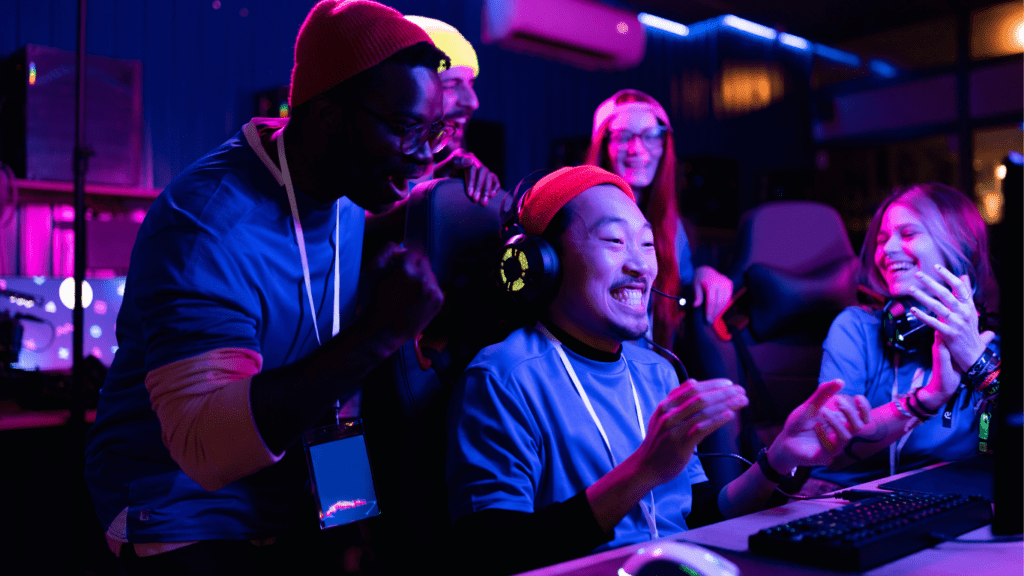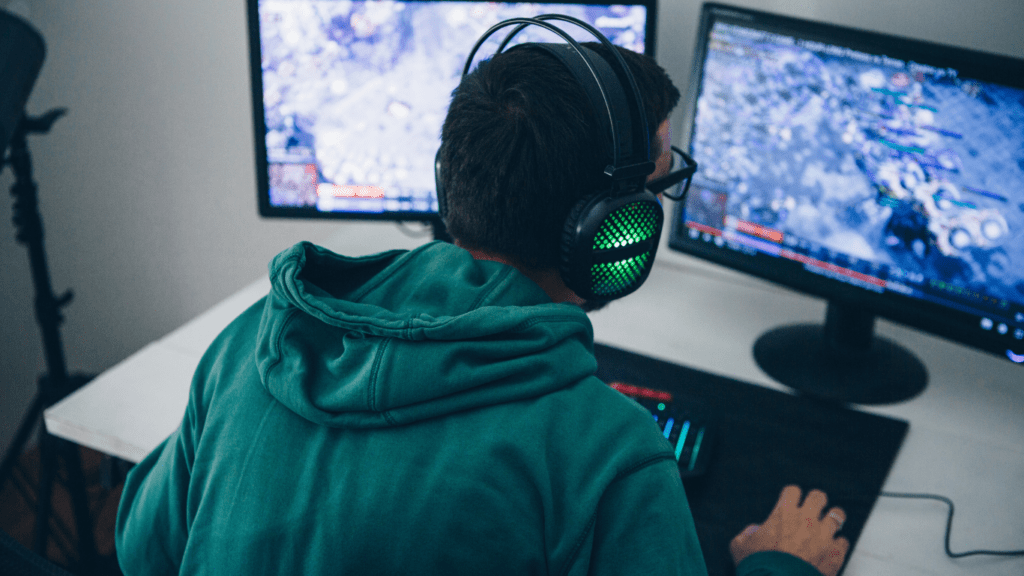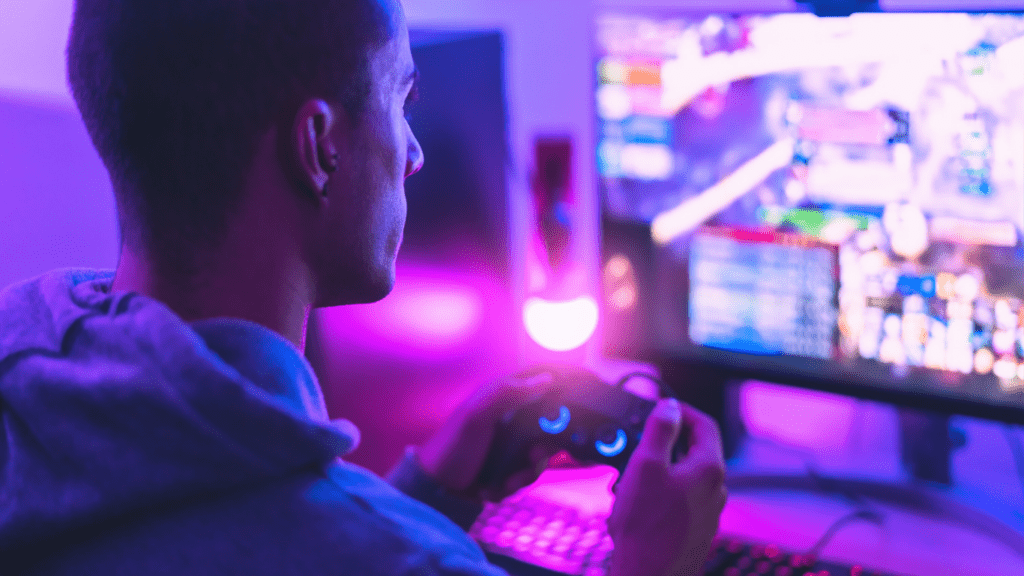Esports isn’t just about quick reflexes or flashy plays—it’s a strategic battlefield where mastering both micro and macro play can make or break a player’s success. I’ve seen countless matches where a perfect balance of these two skills has turned the tide, proving that true mastery lies in understanding how they complement each other.
Micro play is all about precision, timing, and execution in the heat of the moment, while macro play focuses on the bigger picture—strategy, team coordination, and long-term planning. It’s fascinating how these two elements intertwine, shaping the flow of every game. Whether you’re a casual gamer or an aspiring pro, knowing how to excel in both areas is essential to climbing the ranks and dominating the competition.
Understanding Micro and Macro Play in Esports
Micro and macro play are the foundations of esports success. These dual aspects shape how players approach games at both tactical and strategic levels.
What Is Micro Play?
Micro play focuses on precision, mechanics, and execution within a game. It revolves around actions like aiming, unit control, and quick reaction times. For example, landing headshots consistently in first-person shooters or executing efficient skill rotations in MOBAs demonstrates strong micro play. Players with excellent micro skills often excel in one-on-one scenarios.
What Is Macro Play?
Macro play involves decision-making, strategy, and long-term planning. It includes elements such as map control, resource management, and team coordination. In strategy-based games like StarCraft, macro play dictates how effectively resources are gathered and utilized. In team-driven games like League of Legends, decisions around objective control and rotations reflect macro proficiency.
The Importance of Balancing the Two
Balancing micro and macro play creates well-rounded performance. Players who rely solely on micro play may struggle with strategic decisions in high-pressure scenarios. Conversely, those who excel in macro play but lack mechanical precision can falter in execution-focused moments. Building synergy between these aspects ensures adaptability across varying in-game demands.
The Role of Micro Play in Esports Success
Micro play in esports focuses on individual execution and precision within the game. Mastering micro play is essential for excelling in high-pressure, moment-to-moment gameplay situations.
Key Skills and Techniques for Micro Play
Efficient micro play hinges on mechanical skill, rapid reaction times, and situational awareness.
- Mechanical Skill: Frames perfect inputs, precise aiming, and optimized button sequences allow players to execute advanced maneuvers without hesitation.
- Reaction Times: Reacting within milliseconds determines outcomes in fast-paced engagements. Pro players often train using aim trainers or reflex-enhancing drills.
- Situational Awareness: Keeping track of opponents’ movements while maintaining personal gameplay accuracy improves predictive decision-making.
Practicing consistently sharpens mechanical precision and situational adaptability, two critical factors for excelling in esports.
Examples of Micro Play in Popular Esports Titles
Micro play manifests uniquely across different games.
- First-Person Shooters (FPS): Games like CS:GO and Valorant showcase micro play in headshot accuracy, quick weapon swaps, and reaction-based engagements.
- Multiplayer Online Battle Arenas (MOBAs): Titles like Dota 2 and League of Legends highlight quick skill rotations, effective juking, and split-second target selection during fights.
- Real-Time Strategy (RTS): StarCraft II rewards efficient unit micromanagement and flawless execution in combat scenarios.
These examples underscore the role micro play plays in refining individual execution across competitive genres.
The Role of Macro Play in Esports Success

Macro play defines a player’s ability to think strategically and make decisions that impact long-term success in esports matches. It determines how well players manage:
- objectives
- map control
- team coordination
across diverse scenarios.
Strategic Thinking and Planning
Strategic thinking prioritizes analyzing the overall state of a match to make informed in-game decisions. I focus on understanding team compositions, opponent behavior, and win conditions to anticipate turning points. Effective planning involves executing tactics like splitting resources for map pressure in MOBA games or timing expansions in real-time strategy titles. For instance, in League of Legends, a well-timed Baron Nashor call can decisively shift control, while in StarCraft II, choosing the right build order based on scouting determines long-term viability.
Recognizing Macro Opportunities in Gameplay
Identifying critical moments to capitalize on advantages reflects strong macro awareness. I consistently scan for enemy weaknesses, such as poor positioning or objective neglect, and react by coordinating team movements or securing map control. For example, exploiting mismatched rotations in Dota 2 leads to uncontested tower sieges, while forcing unfavorable trades in games like Valorant delays the opponent’s economy. Recognizing and responding to these opportunities drives momentum and strengthens a team’s competitive edge.
How Micro and Macro Play Work Together
Micro and macro play function as interconnected pillars in esports, each amplifying the effectiveness of the other. A seamless integration of both creates the foundation for consistent performance and tactical superiority.
Synergy Between Micro and Macro Skills
The synergy between micro and macro skills lies in their complementary roles during gameplay. Micro play drives precise execution, like landing crucial abilities or managing individual resources, while macro play aligns those actions with broader objectives. For example, in MOBAs like League of Legends, strong micro ensures optimal champion performance during skirmishes, enabling teams to secure objectives like towers and dragons through strategic macro plans.
This interplay is visible in real-time strategy (RTS) games like StarCraft II. Effective unit micromanagement strengthens a player’s defense or offense, directly supporting the macro aim of controlling resources and expanding bases. Players who connect their micro-level actions with macro-level strategies can outmaneuver opponents by ensuring every move contributes to the overarching goal.
Maintaining Flexibility During Matches
In-game flexibility relies on the ability to adapt micro and macro priorities based on evolving scenarios. Reactive adjustments at the micro level, such as repositioning units or adapting skill usage, often hinge on insights gained from macro-level developments like map awareness or monitoring the enemy’s strategy.
In team-based games like Dota 2, a balanced approach ensures that players can shift seamlessly between roles. A support player might pivot from ward placement (macro) to crowd control in a critical team fight (micro) if the situation demands it. Similarly, in first-person shooters, accurate micro adjustments, like quick target switching, align with the macro objective of maintaining map control.
Players who integrate flexibility into their gameplay enhance their adaptability, increasing their effectiveness across diverse matches and unpredictable scenarios.





